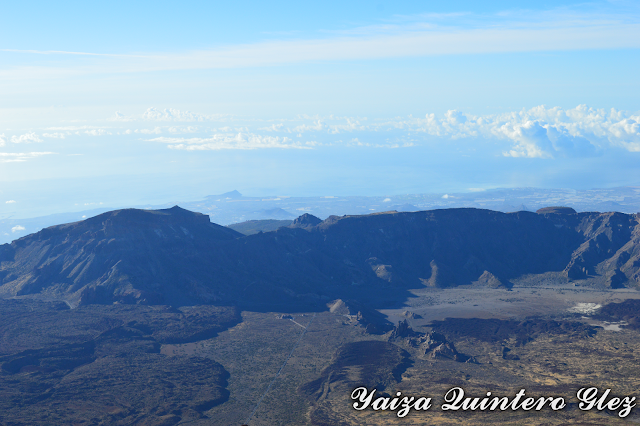Teide con sombrero
(Es)
Hoy vamos a hablar de uno de los fenómenos, con muchos otros, que ocurren en nuestras islas. En este caso en concentro hablaremos del sombrero del #Teide, su argot técnico: altocúmulo lenticular.
Cada vez que alguien de la isla ve dicho fenómeno, sabe que el tiempo va a cambiar, que traerá agua (o así se cumplía, porque ya el tiempo está tan loco que uno no sabe).
La formación de esa nube en el pico del Teide revela la presencia de humedad y viento en esos niveles, y eso puede ser un indicativo de que se acerca tiempo inestable.
Según la forma del sombrero y su persistencia, el frente será más o menos activo y aportará más lluvia o más viento.
Algunos refranes son: "Cuando el Teide lleva sombrero, vienen lluvias y aguaceros"; "Cuando el Teide se pone sombrero, habrá lluvias y aguaceros"; "Cuando el Teide se pone el sombrero, viene un aguacero"; "Cuando el Teide tiene toca, recoge niña la ropa"; "Cuando el Teide tiene toca, cabrero, guarda tu ropa".
Teide con sombre
(En)
Today we are going to talk about one of the phenomena, with many others, that occur on our islands. In this case in concentration we will talk about the hat of the Teide, lenticular altocumulus is its technical slang.
Every time someone on the island sees such a phenomenon, it is known that the time will change, that it will rain (or so it was fulfilled, because the time is already so crazy that one doesn´t know).
The formation of that cloud at the peak of Mount Teide reveals the presence of moisture and wind at those levels, and that may be an indication that unstable weather is approaching.
Depending on the shape of the hat and its persistence, the front will be more or less active and will bring more rain or more wind.
Some sayings are (well, more or less the sayings are): "When the Teide wears a hat, rains and showers come"; "When the Teide wears a hat, there will be rain and showers"; "When the Teide wears a hat, there will be a downpour"; "When the Teide touches, pick up the clothes"; "When the Teide has touched, goatherd, save your clothes".








